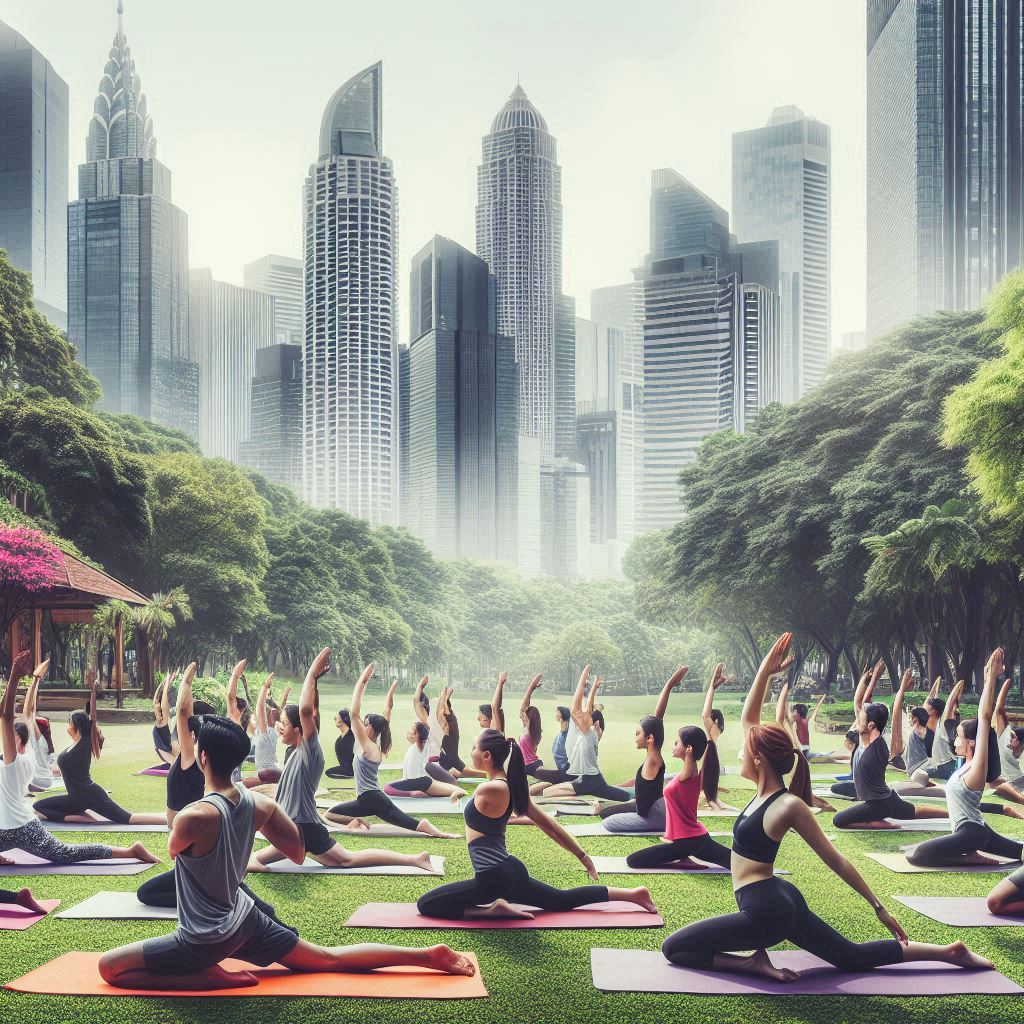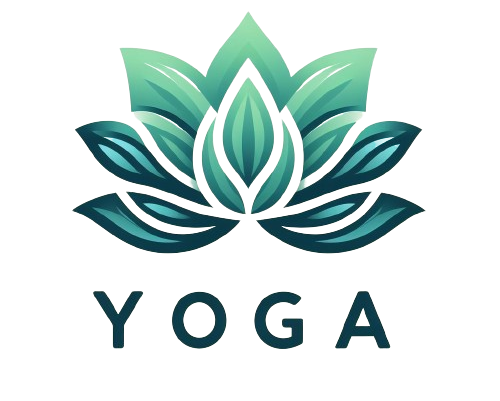
Life in the city can feel like a continuous hustle, right? The constant noise, relentless pace, and never-ending responsibilities can grind us down. But guess what? You don’t have to book an escape to a tropical island to find tranquility. Yoga can be your ticket to inner peace, even amid the urban jungle.
Why Urban Yoga?
City life is a balancing act. There’s work, social commitments, and maybe even studies, all crammed into a 24-hour cycle. In between, we’re dodging traffic, inhaling not-so-clean air, and often dealing with noise pollution that can drive anyone mad. Stress levels tend to skyrocket, affecting both physical and mental well-being.
Yoga, unlike other fitness regimes, isn’t just a physical workout. It’s an all-rounder, catering to your mental, emotional, and spiritual needs. Perfect for busy lives, yoga offers a sanctuary of peace, reducing stress and promoting relaxation. Plus, you don’t need a fancy studio—your living room, office corner, or even a park will do!
Quick Tips for Urban Yoga
Finding time for yoga in a busy schedule might seem impossible. But hey, even ten minutes can work wonders. Early mornings or late evenings, whenever you can sneak in a session, go for it. Consistency beats duration any day.
You don’t need expensive mats or props. A simple, sturdy mat will suffice. The best part? Many poses don’t even require one. Flexibility, both in accessories and postures, is key!
Got a few minutes between meetings? Practice a few stretches. Stuck in traffic? Try some mindful breathing. Urban yoga thrives on flexibility—just like you, it adapts to circumstances.
Go-To Poses for City Dwellers
1. Mountain Pose (Tadasana)
Perfect for grounding, this pose offers a moment away from chaos.
- Stand tall.
- Feet hip-width apart.
- Arms relaxed by your sides.
- Focus on your breath.
2. Cat-Cow Pose (Marjaryasana-Bitilasana)
Ideal for mornings, this pose loosens the spine and warms up your body.
- Start on all fours.
- Inhale, arch your back (Cow Pose).
- Exhale, round your back (Cat Pose).
3. Child’s Pose (Balasana)
Best for relaxation, try this after a long, hectic day.
- Kneel, sit back on your heels.
- Stretch your arms forward.
- Rest your forehead on the mat.
- Breathe deeply.
4. Standing Forward Bend (Uttanasana)
Excellent for de-stressing during lunch breaks.
- Stand with feet together.
- Exhale, bend at the hips.
- Keep knees slightly bent if needed.
- Let your head hang and relax.
5. Legs Up the Wall (Viparita Karani)
Perfect to unwind before bed and enhance circulation.
- Lie down.
- Scoot your hips close to a wall.
- Extend your legs up against the wall.
- Close your eyes and breathe.
Breathing Techniques for Instant Calm
1. Equal Breathing (Sama Vritti)
Balance your mind easily with this technique.
- Inhale for a count of 4.
- Exhale for a count of 4.
- Repeat for a few cycles.
2. Alternate Nostril Breathing (Nadi Shodhana)
Great for stress relief and mental clarity.
- Close right nostril with thumb.
- Inhale through left nostril.
- Close left nostril with ring finger.
- Exhale through right nostril.
- Repeat, switching sides.
3. Three-Part Breath (Dirga Pranayama)
Perfect for deep relaxation and mindfulness.
- Inhale deeply, fill your belly.
- Continue inhaling, expand your chest.
- Finally, inhale more, feeling your upper chest rise.
- Exhale completely, in reverse order.
Mindfulness Practices for Busy Lives
Begin your day with a few minutes of meditation. It doesn’t require much time, but it sets a positive tone for the day ahead. Find a quiet place to sit comfortably, close your eyes, and focus on your breath. This simple act of breathing deeply and maintaining awareness of each inhalation and exhalation helps center your mind and creates a calm space before the hustle and bustle of the day begins. Even five minutes of meditation can provide clarity and reduce stress.
Commuting is a part of daily life for many, and it can often be stressful. Instead of rushing, try to integrate mindfulness into your commute. Whether you are walking, biking, or driving, be fully present. If you’re walking, pay attention to the sensation of your feet touching the ground, the rhythm of your steps, and the natural flow of your breathing. Engaging fully with the present moment can transform your commute into a peaceful experience.
In city life, eating on the go has become a norm, but this habit detracts from the enjoyment and nourishment that meals can provide. Slow down during meals and practice mindful eating. Focus on each bite, savoring the textures, flavors, and aromas of your food. This not only aids digestion but also fosters a deeper connection with the present moment. By being fully aware of your eating experience, you cultivate appreciation and mindfulness.
Urban Yoga Hacks
Use apps or online platforms for guided sessions. Many offer short practices tailored for busy schedules. Perfect for sneaking in calm during a hectic day.
Got a desk job? Combat stiffness with easy stretches. Roll your shoulders, twist your spine gently, or stand up and stretch your arms overhead. Keeps you energized and mobile.
Join local yoga sessions or community classes in parks. It’s social, refreshing, and doesn’t demand much time. Plus, practicing in green spaces amplifies the benefits.
The Snippet of Wisdom
Remember, yoga isn’t about bending into pretzel shapes or achieving perfect poses. It’s about tuning into your body, calming your mind, and finding a slice of serenity in a chaotic world. Whether it’s a five-minute breathing exercise or a twenty-minute flow, every little bit counts. So roll out that mat, breathe deeply, and let the urban stress fade away.
